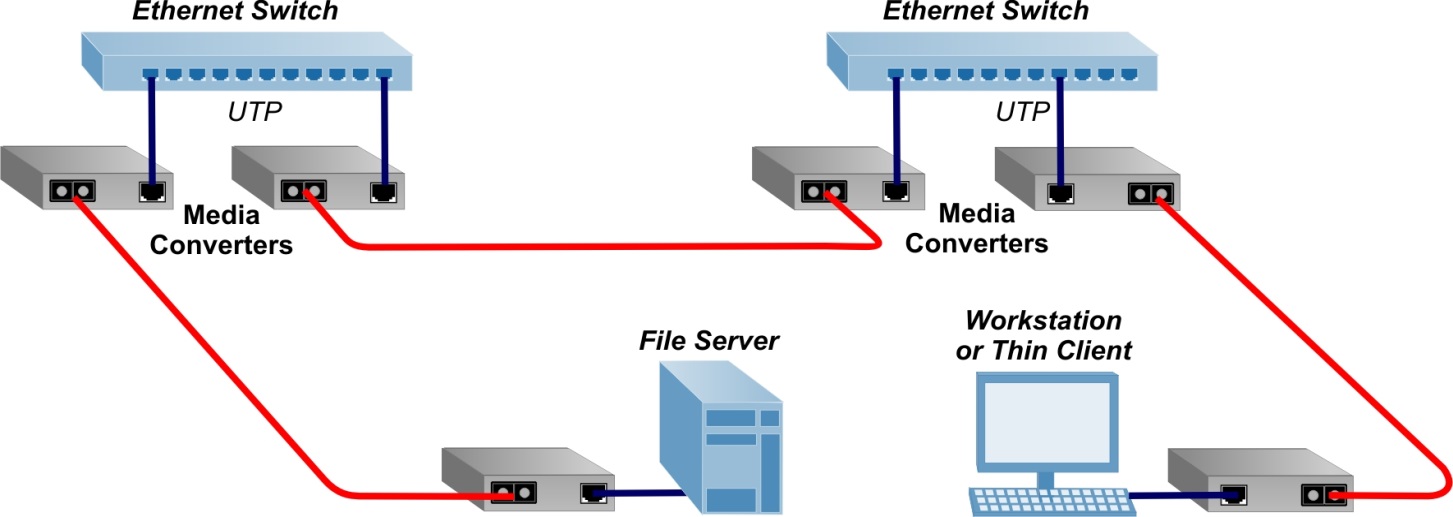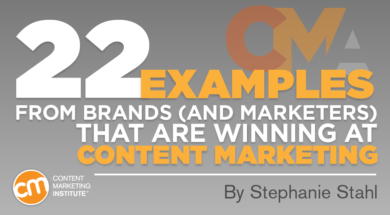
Google Adwords Pay Per Click can be used by small businesses to gain new customers. Pay Per click (PPC), is an internet advertising model that charges only when a potential customer clicks the ad. This marketing model is affordable and scaleable. It is also highly measurable. It's the perfect solution for small business owners working on a budget.
Google ads offer many advantages, such as automated payments, three levels in performance metrics, among others. Although they are all very valuable, it can be confusing and difficult for some to grasp the concepts. Here are some tips to make your ad campaign more effective. You should avoid trademarks if you are new to Google AdWords. Do not use trademarks if you are a small business.

Online success is dependent on your ad placement. If you are not seeing the results you expected, you may be able to bid on the same keywords. Bids can be based on a fixed maximum keyword amount. Keywords can be related to your business or search terms that you wish to rank for. When bidding, be sure to choose a high enough bid to gain a high position on SERPs.
Remember, Google AdWords uses a pay per click (PPC) model. Marketers can compete for the same keywords, and then bid to get them in front consumers. They can place ads on the SERPs provided they do not use trademarks. This is a good idea for small businesses as Google will catch on eventually. Once advertising works, it will keep working.
Google Adwords makes it easy to create high-quality ads. Google Adwords has the same rules as other advertising methods and can be qualified for lower prices. If you place a higher bidding price, your ads will be shown alongside organic results. Likewise, Google Adwords will allow you to customize your ads to be shown at the top of the page and in the sponsored link section. Your ad is placed next to the relevant organic listings.

Your budget is the most important thing. Google Adwords gives you the ability to set a spending budget and to choose keywords. The more expensive keywords are, the more people click on them. Additionally, the higher you bid, you'll be more likely to get the desired results. SEO can be costly, but it is worth the investment. You can fine-tune your campaign by determining the best bid for your advertisement. This will allow you to maximize your ROI.
FAQ
Is content marketing easy to measure?
Yes! It is part of the process to measure results. This allows you to evaluate whether your efforts were successful, and if you need changes.
You can track how many visitors came from various sources--including organic search, email, social media, paid to advertise, and more--and track conversions like sales leads and purchases.
These metrics will tell you what pieces of content did well and where there are the most opportunities.
What are the different content strategies available?
Content strategy is an umbrella term used to describe all aspects of how you create, manage, distribute, measure, and optimize content for digital channels. It's not just what you publish on social media sites such as Facebook and Twitter but also what you choose to highlight on your website, blog, and other online properties.
Content strategy is important as it lets you know where your attention should go, what content you should use, how to communicate your messages to your audience, and which types of content you should use.
It's all about understanding how content fits into your overall business goals and objectives in order to help achieve them.
Do I really need to hire an agency to do content marketing?
No! It is possible to create high-quality content online with a variety of tools. Plus, agencies tend to charge a premium price for their services.
Statistics
- In fact, would pay more for a better customer experience, and 86% of B2B buyers would pay more. (neilpatel.com)
- Out of the 1,500 marketers we surveyed for our State of Content Marketing report, 78% who felt their content marketing strategy was exceptionally effective in 2021 had documented their strategy. (semrush.com)
- Content marketing produces 3X more leads per dollar spent. Content marketing costs 62% less than traditional marketing. (criteo.com)
- Companies that use content marketing see approximately 30% higher growth rates than businesses not using it. (mailchimp.com)
- An example of an overarching goal could be: "In 2022, we want to achieve a 20% increase in revenue created by organic content and generate 15,000 MQLs with a budget of $30,000." (semrush.com)
- Measure your goals with a progress indicator of 0-100%. Make your goals collaborative and transparent (semrush.com)
- According to our research, 65% of companies with very successful content marketing in 2021 ran content audits at least twice a year. (semrush.com)
- Forty-seven percent of buyers view 3 to 5 pieces of content before engaging with a sales representative. (mailchimp.com)
External Links
How To
How can you build a content strategy?
Understanding what content you want to create is the first step. Once you have a clear understanding of your clients' needs, you can start creating content. This could involve creating an editorial schedule and planning where these pieces are going to come from. Every piece of content must have a purpose. It doesn't really matter what content you're using, whether it's blog posts or social media updates. But they all should have a single purpose.
Once you've decided on the type of content that you want to create, it's important to determine who your target audience is. Who are they looking for? And why should they care?
After identifying your target market, next comes finding ways to communicate with them. While social media platforms are a great way to connect with people there are other options such as webinars, podcasts and videos.
After deciding how you will communicate with your market, the next step is figuring out what topics and types of content you want to cover. This will help you to understand why you are writing the content. What problem is it solving? Are they satisfied? Does it make their life easier
Now that we know what type of content we write, it is time to determine what you want. So, do you want to share information on your industry? On current events? Concerning specific products and/or services? Your focus will be determined by the answer to this question.
Finally, after answering all those questions, it's the right time to combine everything in one package.
You want every piece you create to serve its purpose. You don't want to waste anyone's time and energy, so you must build quality into every aspect of your content.
Don't forget that a great content marketing strategy has many moving parts.